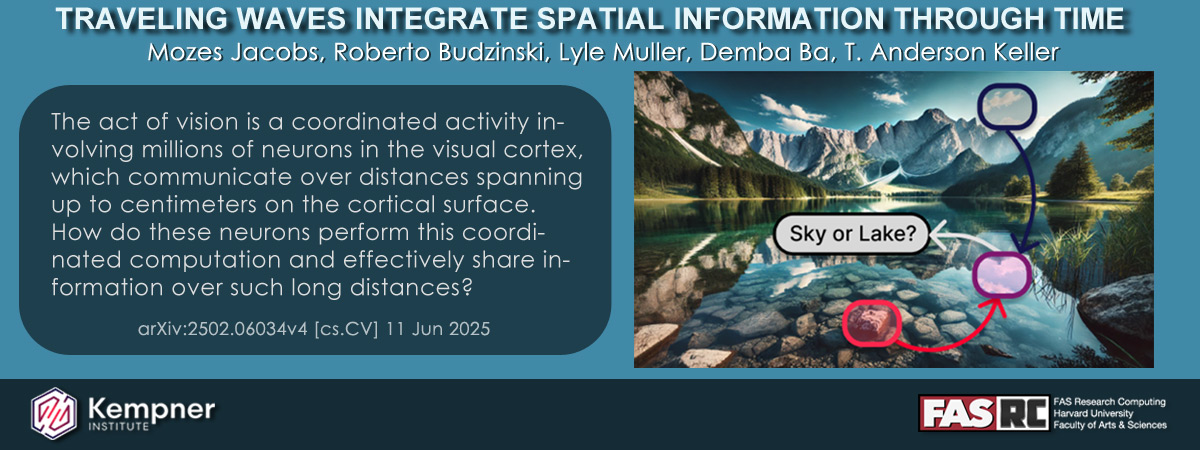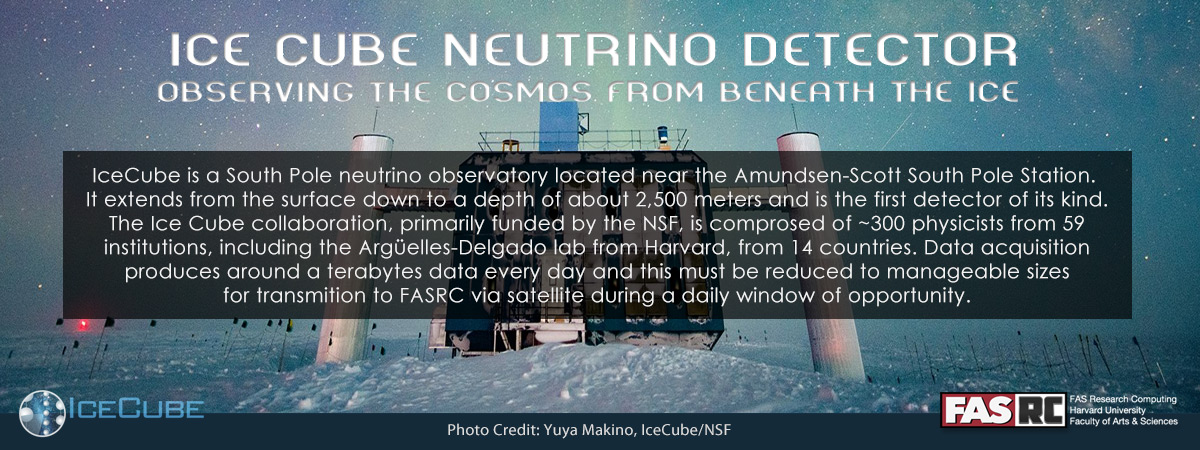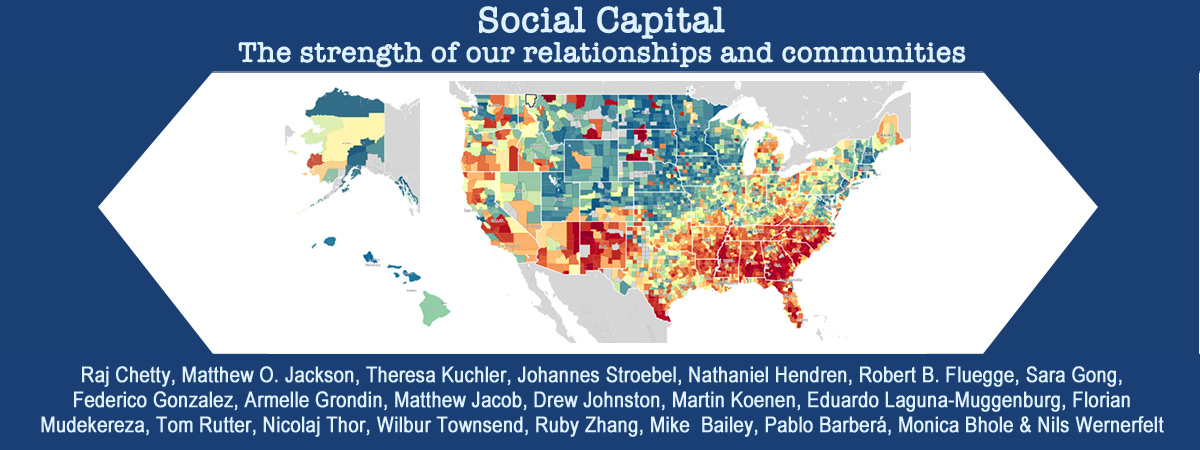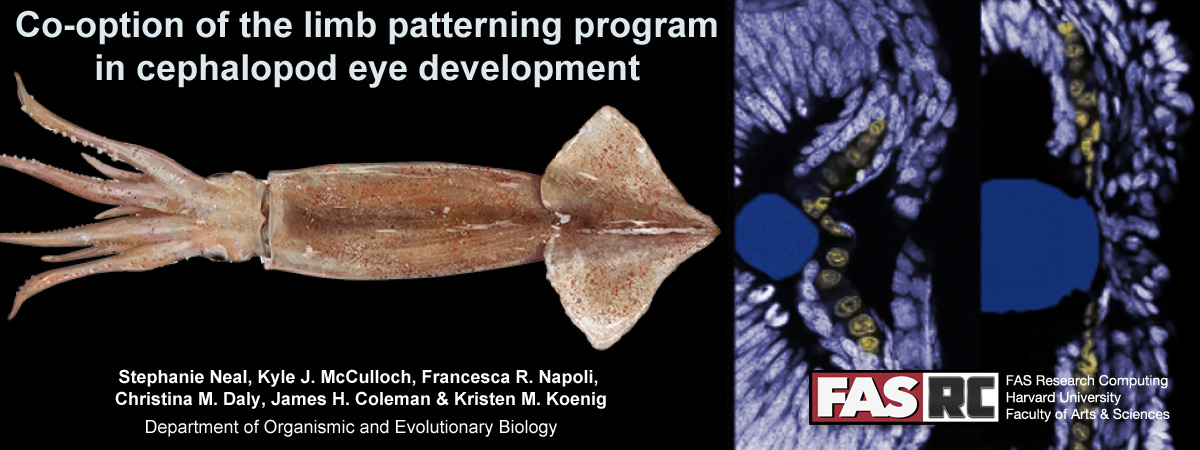We present the first hydrodynamical simulations of galaxy formation (PDF) using the new moving mesh code AREPO and compare the results with equivalent GADGET simulations based on the traditional smoothed particle hydrodynamics (SPH) technique. Both codes use an identical Tree-PM gravity solver and include the same sub-resolution physics for the treatment of star formation, but employ a completely different method to solve the inviscid Euler equations. This allows us to cleanly assess the impact of hydro-solver uncertainties on the results of cosmological studies of galaxy formation. In this paper, we focus on predictions for global baryon statistics, such as the cosmic star formation rate density, after we introduce our simulation suite and numerical methods. Properties of individual galaxies and haloes are examined by Kereš et al. (2011), while a third paper by Sijacki et al. (2011) uses idealised simulations to analyse in more detail the differences between the hydrodynamical schemes. We find that the global baryon statistics differ significantly between the two simulation approaches.
AREPO shows systematically higher star formation rates at late times, lower mean temperatures averaged over the simulation volume, and different gas mass fractions in characteristic phases of the intergalactic medium, in particular a reduced amount of hot gas. Although both hydrodynamical codes use the same implementation of cooling and yield an identical dark matter halo mass function, more gas cools out of haloes in AREPO compared with GADGET towards low redshifts, which induces corresponding differences in the late-time star formation rates of galaxies. We show that this striking difference originates through a higher heating rate with SPH in the outer parts of haloes, caused by viscous dissipation of SPH’s inherent sonic velocity noise and SPH's efficient damping of subsonic turbulence injected in the halo infall region, and because of a higher efficiency of gas stripping in AREPO. These differences also produce more disk-like galaxy morphologies in the moving mesh calculations compared to SPH. Our results hence demonstrate that inaccuracies in hydrodynamic solvers can lead to comparatively large systematic differences even at the level of predictions for the global state of baryons in the universe.






